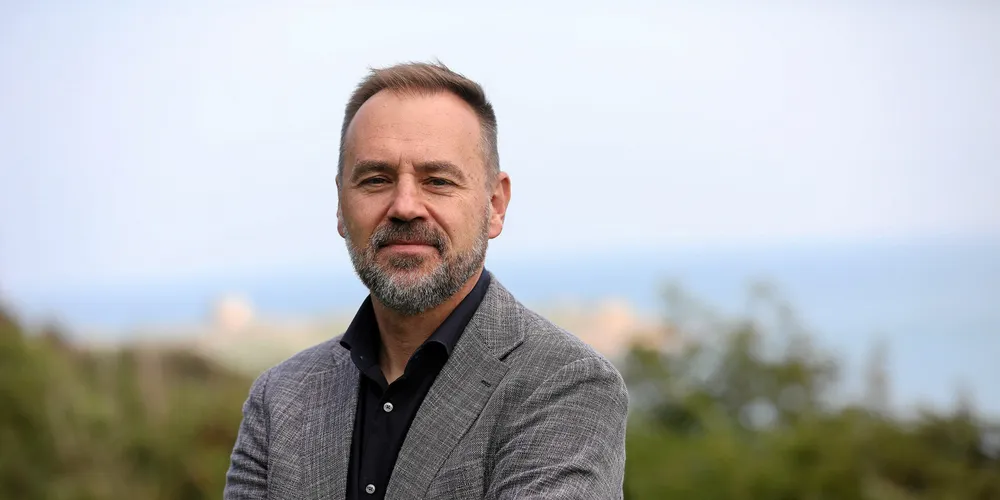'Ireland needs Covid-like urgency to hit its offshore wind goals': nation's pioneer Verbeek
Director of giant Codling Wind Park – who led the country's first array two decades ago – says major planning and grid challenges loom in reaching government 5GW target by 2030
